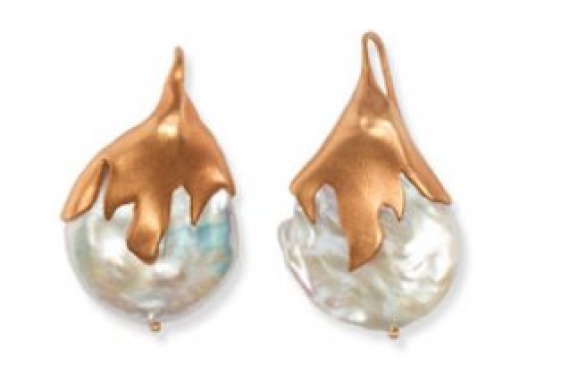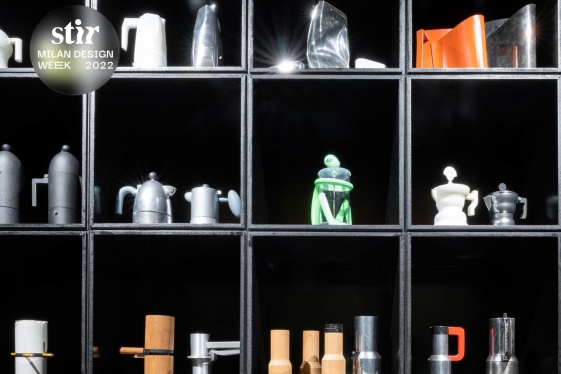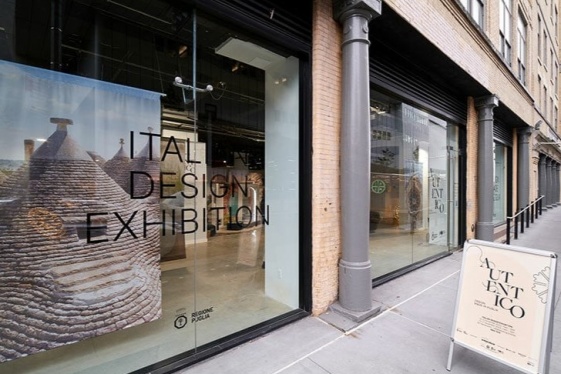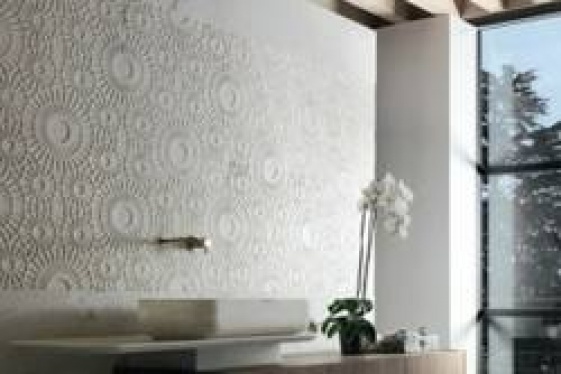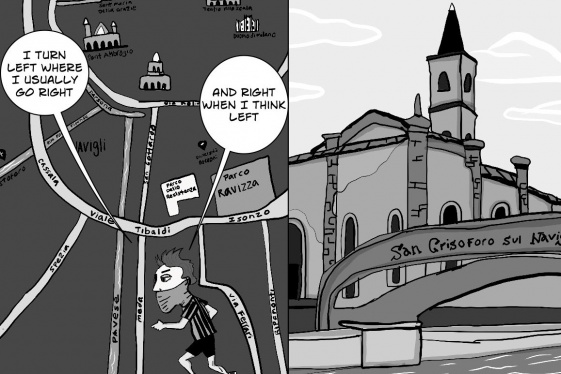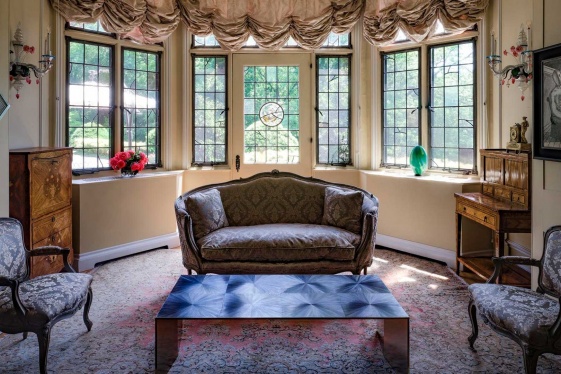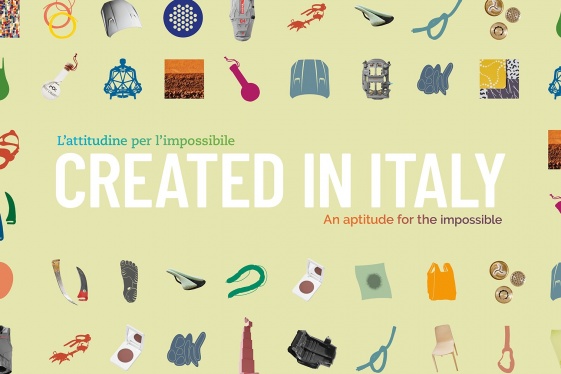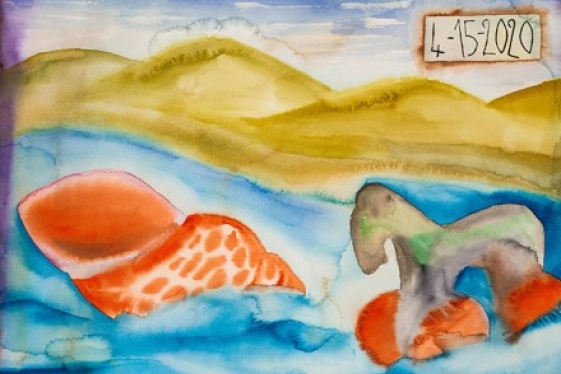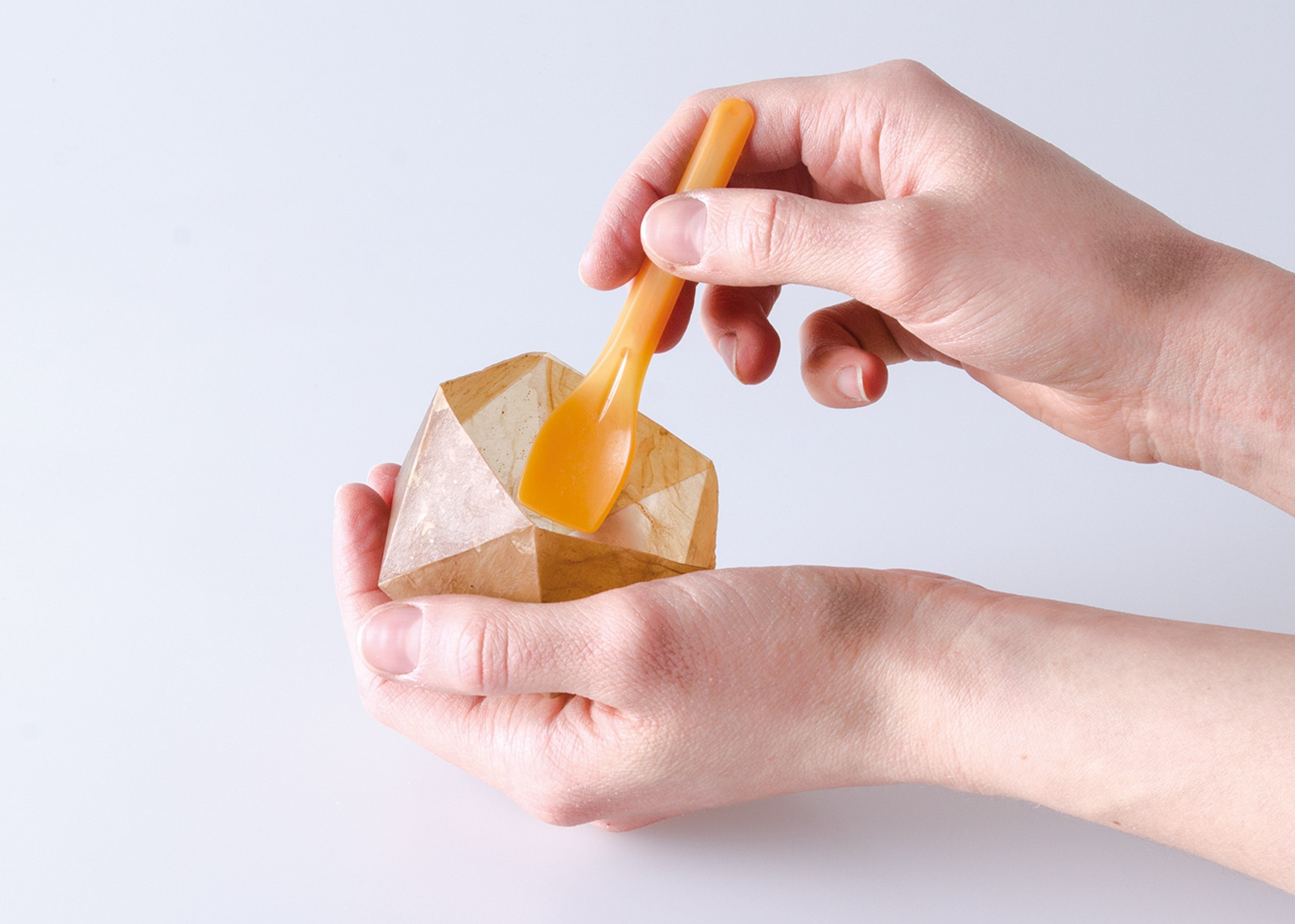

Environmental issues connected to the use of plastic, such as marine and landfills pollution, have been trending topics since at least a year. Indeed, in Western Europe, approximately 92 kilograms of plastic per person are consumed annually and according to Forbes, globally, humans buy a million plastic bottles per minute. Scary, right? And, if you think that it is estimated that over half a trillion of plastic bottles is not recycled yet, it’s a disaster!
Although many countries in Europe carry out successful recycling programs, it is not enough for several reasons: there are specific difficulties recycling certain type of plastic, costs, and the toll the recycling process itself has on the environment, because even recycling sometimes is not fully sustainable.
And if you are thinking that biodegradable plastic is an alternative, think twice! It is still a petroleum-based plastic and unfortunately there are several obstacle on the way, as the majority biodegradable plastic does not decompose in water, because the composting process of this type of plastic is achieved only under very specific circumstances.
The larger amount of plastic we consume daily comes, mainly, from the packaging industry; only few days ago, while buying some vegetables at my local store, I noticed that salad was sold laying on a plastic tray and wrapped with a plastic bag. Think for a moment about all the biodegradable things you buy, a large amount of them are wrapped with a non-biodegradable material: it is rather absurd!
This is the central though of Emma Sicher, a young eco-friendly designer from Trentino (Italy). Her idea came from observing how perfect nature is: most fruits and vegetables come with a biodegrade packaging, their peel! In her project “From Peel to Peel”, Emma investigates how, by imitating nature, it is possible to create eco-friendly food packaging and containers. The process goes through the fermentation of microbial cellulose, a symbiotic culture of bacteria and yeasts – also known as scoby – with fruit and vegetable leftovers.
How does this process work? The microorganisms present in the scoby substance react with fructose and vitamins, creating layers of cellulose. Waste such as fruits and vegetable scraps are soaked in water with scope and acetic compound. The fructose and vitamins are turned into cellulose, a sort of gelatin-like material. The mixture is left to rest for at least a couple of weeks, depending on the desired characteristic.
Once the resting period is completed and the required thickness achieved, it becomes a translucent material similar to paper, sometimes to leather or plastic. Depending on the raw material used, it reaches beautiful and rich colours: strawberry pink, green kiwi or the shades of orange.
The thickness can be decided, based on the desired characteristic of the final product: therefore Emma hopes that her organic material could be one of the solutions to replace everyday plastic in the food industry and reduce pollution.
The solution proposed by the designer follows the natural characteristic of the peel of fruits and veggies, mimicking the peel purpose while creating beautiful and colourful solutions: wouldn’t be a much more fun and conscious choice buying your salad if it came on one of these colourful trays?
The cellulose is very absorbent while being also water resistant, therefore this material could be also used for packages of flour, sugar, pasta, etc., anything that nowadays is packed in paper or cardboard.
Last but not least the process to produce this material requires little energy and resources and once it has completed its life-cycle can be composted in the organic waste of our homes or used as a fertiliser for the soil.
Visionary designers, such as Emma Sicher, are working hard to propose solutions for one of the contemporary dilemmas of our society. We need more companies breaking stereotype and using their local organic waste to create their own packaging. For sure it would be unique and beautiful.
You may be interested
-
L'Arte del Gioiello Italiano - Lecture and T...
How has Italy influenced the world of Jewelry? Join us for a special lecture on the a...
-
'Alessi 100-001' celebrates 100 years of Ales...
Iconic Italian design brand Alessi is celebrating its centennial with an exhibition titled...
-
'Autentico: design made in Puglia' pop-up exh...
‘Autentico. Design made in Puglia’ is located at 82 Gansevoort Street, New York, and be op...
-
'Ducale' by KREOO to Be Featured at Studium S...
NYC tile and surfaces showroom STUDIUM will be offering "Ducale" by KREOO (USA), a luxury...
-
'I'm part of this crazy history': Finding ins...
Everyone in Italy has felt the effects of the Covid-19 pandemic. For Adam Rugnetta, an Am...
-
'Villa Firenze Contemporanea' highlights the...
Villa Firenze Contemporanea, a showcase that was inaugurated on October 19, 2023, was born...
-
‘Created in Italy’ opens in San Francisco
The Italian touring exhibition, ‘Created in Italy – An Aptitude for the Impossible‘, will...
-
‘I Dream to Travel’: Artist Francesco Clement...
While stay-at-home directives have plenty of people experiencing true solitude for possibl...



